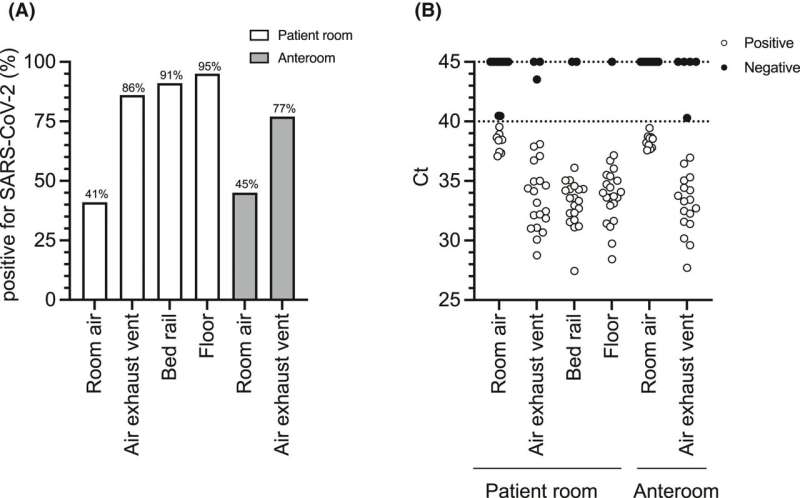Study demonstrates active SARS-CoV-2 in air

A recent study published in Indoor Air by Antonio Rothfuchs et al, is the first to demonstrate active SARS-CoV-2 in air. Infectious SARS-CoV-2 was recovered from the air in rooms occupied by COVID-19 patients. This result strongly supports the aerosol route of transmission for SARS-CoV-2 and urges the revision of infection control frameworks for COVID-19 to include airborne transmission. We spoke with Antonio Rothfuchs, associate professor at MTC, and one of the co-authors of the study.
What are the most important results?
We recovered active SARS-CoV-2 from the air in rooms occupied by COVID-19 patients. Our study is the first to demonstrate infectious SARS-CoV-2 in air.
Why are these results important?
There has been a lack of understanding and consensus concerning the mechanisms of SARS-CoV-2 transmission. Our study is important because it strongly supports the aerosol route of transmission for SARS-CoV-2 and urges the revision of infection control frameworks for COVID-19 to include airborne transmission.
How can this new knowledge contribute to improving human health?
Understanding how a pathogen spreads is important for blocking its transmission in society. By demonstrating the aerosol route of transmission for SARS-CoV-2 we highlight the importance of ventilation-based measures in stopping the spread of the virus.
How did you conduct the study?
The study was carried out in the infectious disease ward of University Hospital Uppsala during the second SARS-CoV-2 wave in a joint, collaborative effort between our group at MTC; Erik Salaneck at Uppsala University (UU), University Hospital Uppsala; and Klas Udekwu at the Swedish University of Agricultural Sciences (SLU) and UU.
What is the next step in your research?
An important next step is to investigate how aerosols containing the virus are generated, e.g. through coughing, other expiratory maneuvers or re-aerosolization of virus from surface deposits.
More information: Nuno Rufino de Sousa et al, Detection and isolation of airborne SARS‐CoV‐2 in a hospital setting, Indoor Air (2022). DOI: 10.1111/ina.13023




















